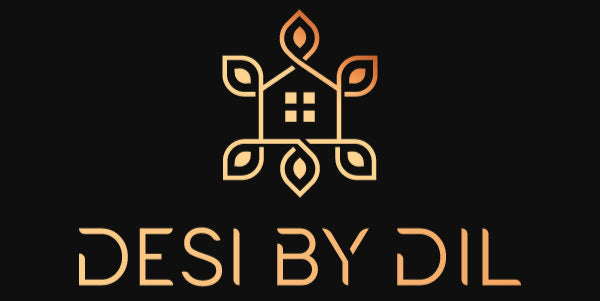
The Significance of the Haldi Ceremony in Indian Weddings
Indian weddings are a vibrant tapestry of traditions, rituals, and celebrations that span several days. Among the many ceremonies that make up this grand celebration, the Haldi ceremony holds a special place. Known for its joyous atmosphere and symbolic significance, the Haldi ceremony is more than just a ritual—it's a beautiful blend of culture, spirituality, and familial bonding. In this blog post, we will delve into the meaning, traditions, and importance of the Haldi ceremony in Indian weddings.
What is the Haldi Ceremony?
The Haldi ceremony is a pre-wedding ritual in Indian weddings where turmeric paste is applied to the bride and groom. This ceremony is typically held a day or two before the wedding and is an essential part of the wedding festivities. The turmeric paste is made from a blend of turmeric powder, sandalwood, and other natural ingredients, and it is applied to the bride and groom by their close family members.
Cultural and Symbolic Significance
- Purification and Cleansing:
One of the primary purposes of the Haldi ceremony is purification. In many Indian traditions, turmeric is believed to have cleansing properties that purify the body and soul. By applying the turmeric paste, the bride and groom are symbolically cleansed of any impurities and negative energies, preparing them for their new life together.
- Beauty and Glow:
Turmeric is renowned for its skin-enhancing properties. The Haldi paste is said to impart a natural glow to the bride and groom, making their skin radiant and fresh for the wedding day. This aspect of the ceremony is deeply rooted in the belief that the beauty of the couple will be enhanced through this ritual.
- Prosperity and Good Fortune:
Turmeric is also considered auspicious and is believed to bring good luck and prosperity. The Haldi ceremony is thought to attract positive energy and blessings, ensuring that the couple’s marriage is filled with happiness and success.
- Spiritual Connection:
The ritualistic application of Haldi is not just a physical act but also a spiritual one. It is a way for family members to convey their blessings and good wishes to the bride and groom. The collective prayers and positive intentions of loved ones are believed to imbue the ceremony with sacred energy.
Traditions and Rituals
- Ceremony Setup:
The Haldi ceremony usually takes place at the homes of the bride and groom. The area is decorated with marigold flowers and other traditional decorations. The couple is seated on decorated chairs or mats, and the Haldi paste is prepared in a traditional manner.
- Application of Haldi:
Family members and close friends apply the turmeric paste to the bride and groom in a ceremonial manner. The application is often done with much fanfare, and participants might sing traditional songs and perform dances, adding to the festive atmosphere.
- Rituals and Customs:
In some regions, there are specific customs associated with the Haldi ceremony. For instance, in certain communities, the groom’s family may visit the bride’s home to apply Haldi, symbolizing the coming together of both families. Similarly, in some traditions, the bride and groom might playfully apply Haldi on each other as a sign of affection.
- Food and Festivities:
The Haldi ceremony is often accompanied by a feast. Traditional sweets and snacks are served to guests, making the occasion a joyful celebration of both family and culture. The festive mood is amplified by music, dance, and laughter, creating lasting memories for everyone involved.
Modern Adaptations
While the essence of the Haldi ceremony remains unchanged, modern weddings have seen some creative adaptations. Couples and families are incorporating contemporary elements into the ritual, such as themed Haldi ceremonies, personalized Haldi pastes, and innovative decor. Despite these changes, the core significance of the ceremony—purification, beauty, and blessings—remains intact.
Conclusion
The Haldi ceremony is a cherished tradition in Indian weddings that embodies purification, beauty, and prosperity. It serves as a beautiful prelude to the wedding festivities, bringing together families in joyous celebration. Through its rituals and customs, the Haldi ceremony not only prepares the bride and groom for their new life but also strengthens the bonds of love and tradition.
As you celebrate or attend an Indian wedding, take a moment to appreciate the significance of the Haldi ceremony. It’s a vivid reminder of the deep cultural roots and the beautiful rituals that make Indian weddings truly special.
